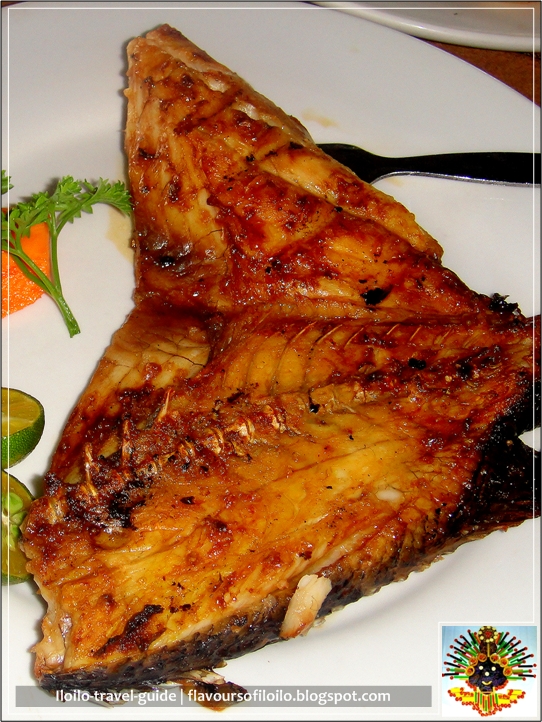From the ambient beach-side location to the delectable food they serve - life seems to stop whenever one dines beside the beach.
Of course, there are duyans which makes a perfect stop after being filled with the delectable Ilonggo dishes and cuisine dished up by Breakthrough.
Their specialty is the Managat fish - the tail's grilled and the head part ends up in a soup whether sinigang or just plain sinabawan.
They have a live tank where fishes, crustaceans and shellfishes are in a death row of sorts as customers can pick their choice and have them on their plates a few minutes after.
A recent discovery were the "krusan" crabs. I have no idea if this is the right term and I just deduced they are called as such for they have "crosses" on their heads which are visible even after being cooked.
Even just their rice are sort of "gourmet". You can have the over indulgent aligue rice - rice mixed with crabfats or aligue.
They also have native litson manok, which is characteriscally gamey yet full of flavour.
And finally what's a food trip to Villa if you won't partake of the specialties of the district - Lechon!













